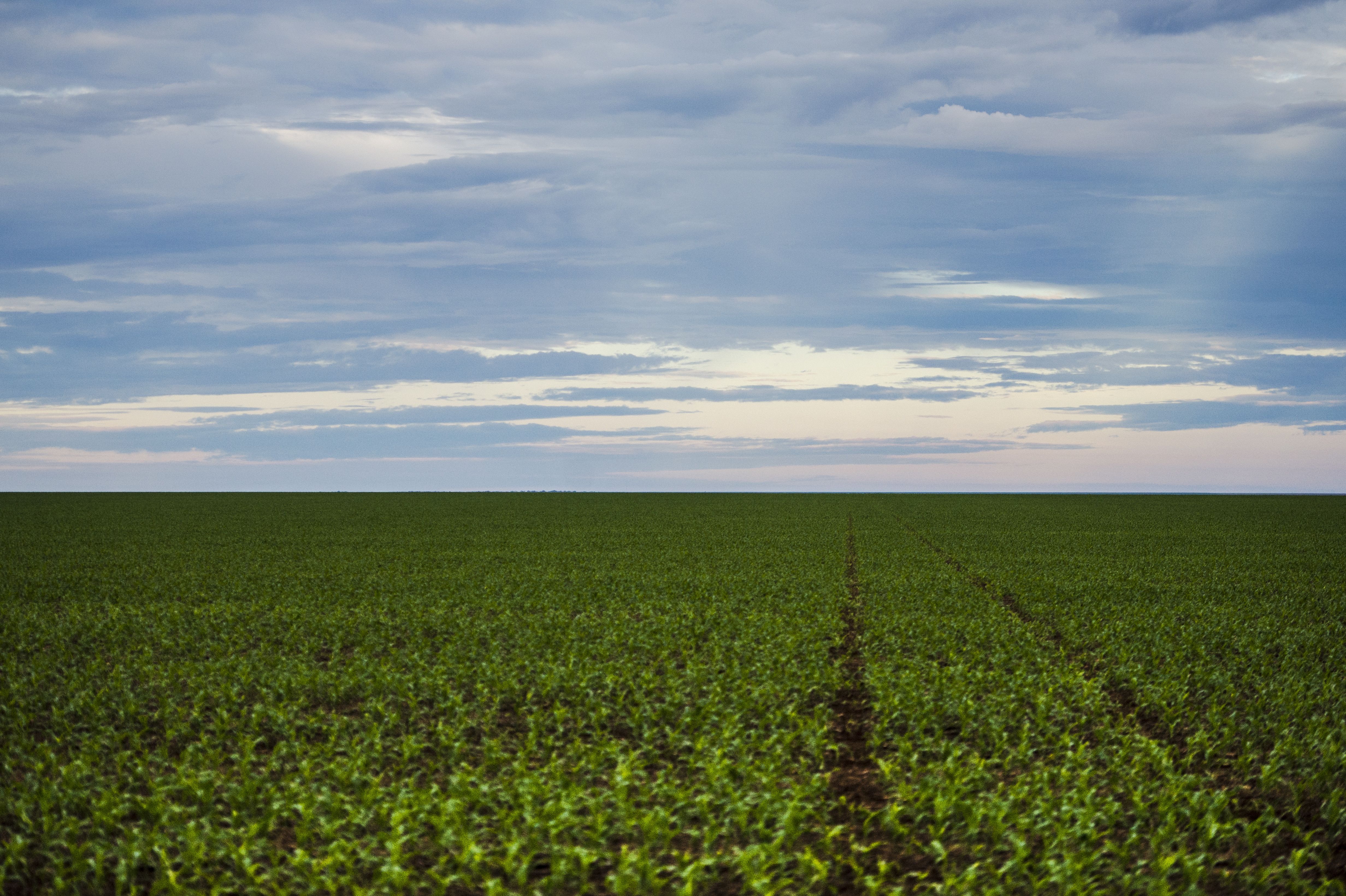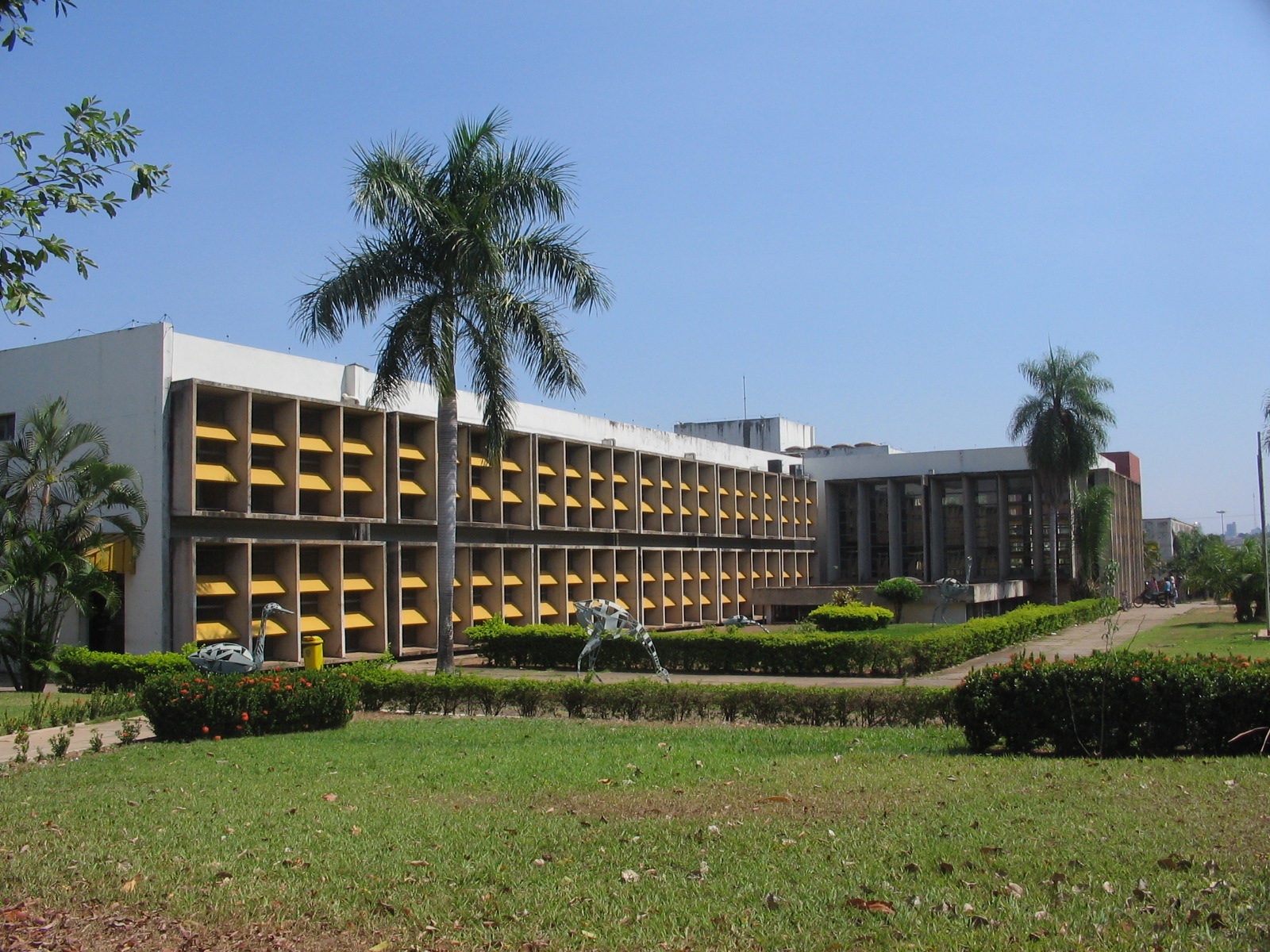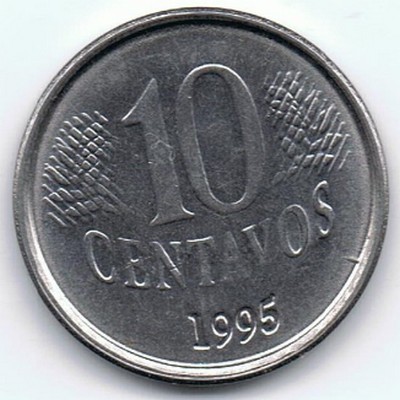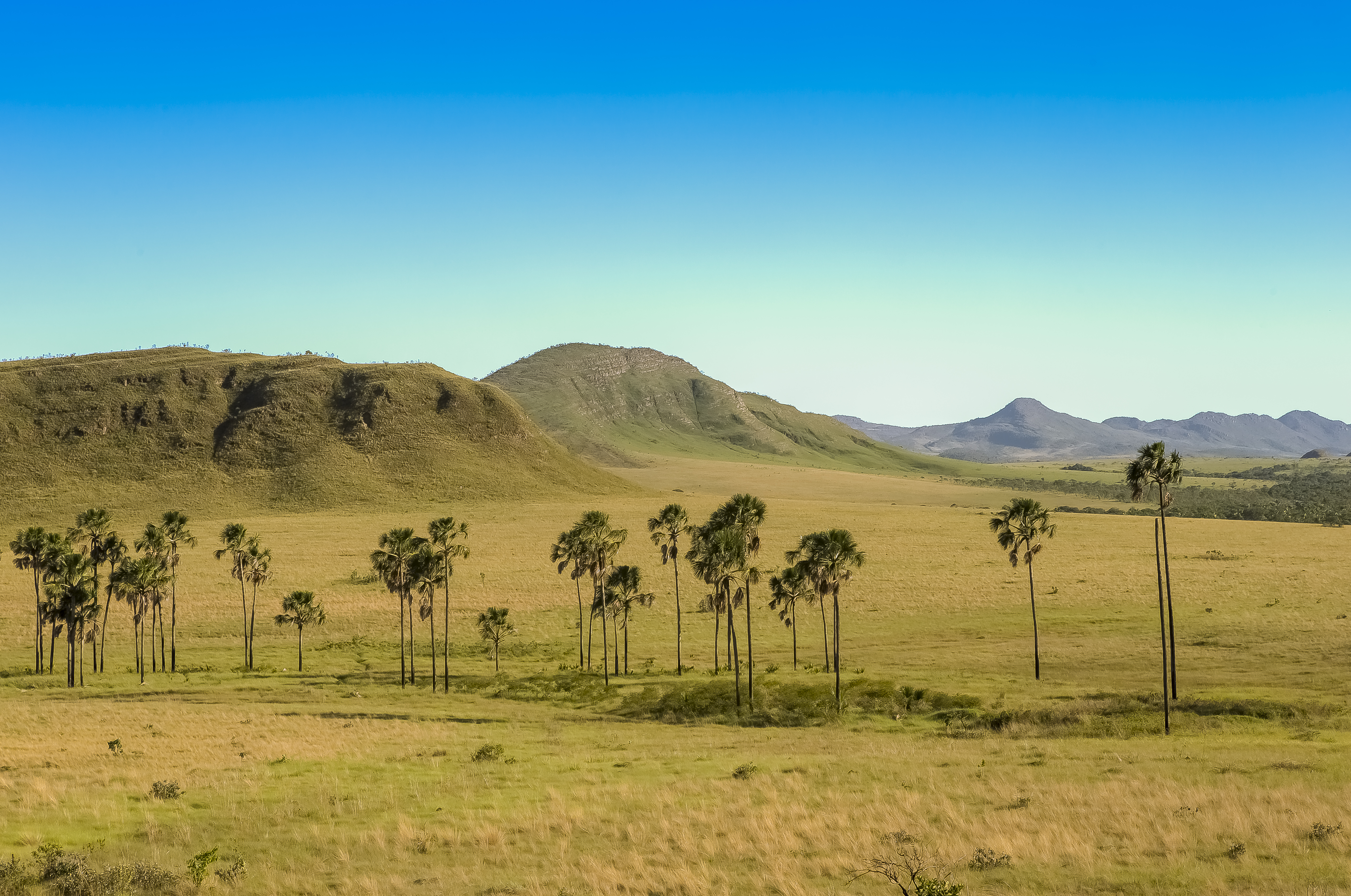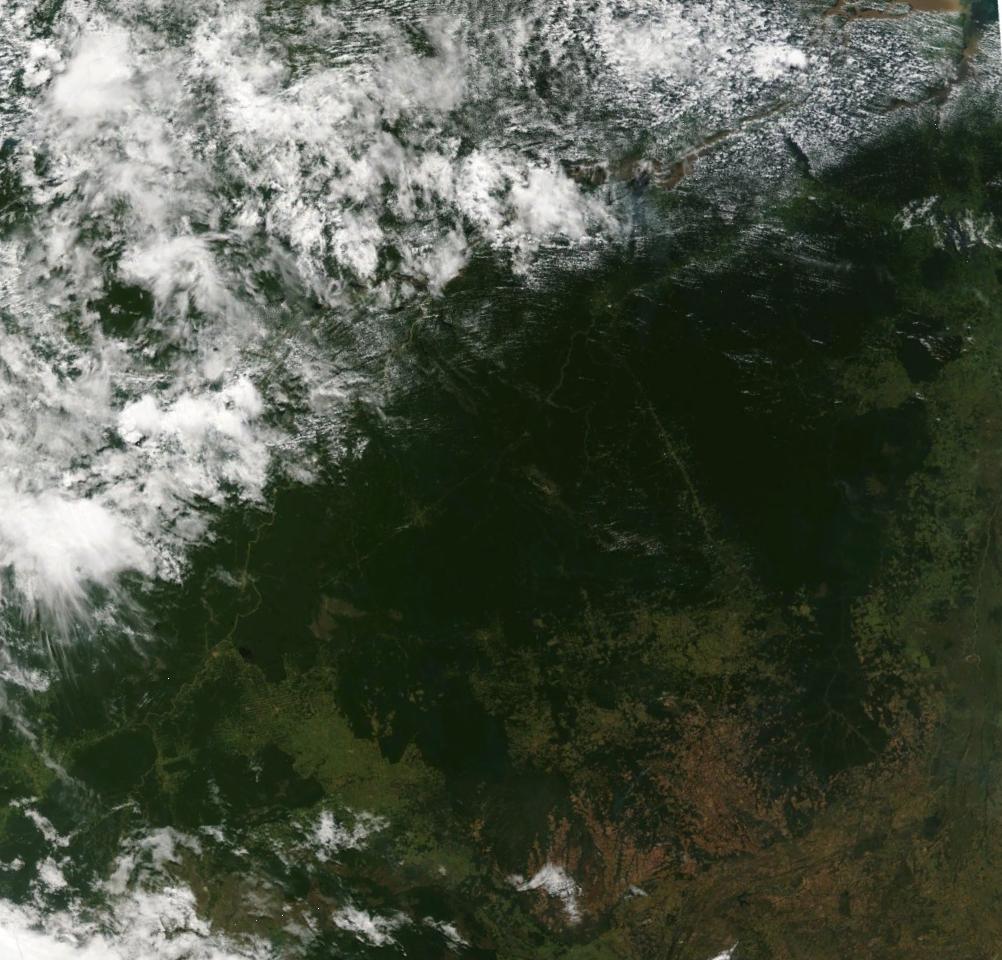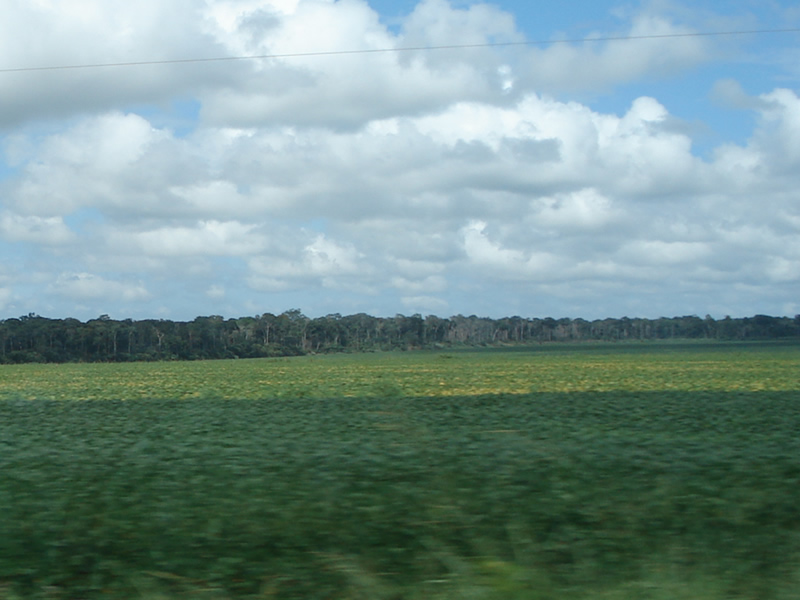|
Mato Grosso
Mato Grosso ( – ) is one of the states of Brazil, the List of Brazilian states by area, third largest by area, located in the Central-West Region, Brazil, Central-West region. The state has 1.66% of the Brazilian population and is responsible for 1.9% of the Brazilian GDP. Neighboring states (from west clockwise) are: Rondônia, Amazonas State, Brazil, Amazonas, Pará, Tocantins, Goiás and Mato Grosso do Sul. It is divided into 142 municipalities and covers an area of 903,357 square kilometers, consequently the state is roughly 82.2% of the size of its southwest neighbor, the nation of Bolivia. A state with a flat landscape that alternates between vast ''chapadas'' and plain areas, Mato Grosso contains three main ecosystems: the Cerrado, the Pantanal and the Amazon rainforest. The Chapada dos Guimarães National Park, with its caves, grottoes, tracks, and waterfalls, is one of its tourist attractions. The extreme northwest of the state has a small part of the Amazonian fores ... [...More Info...] [...Related Items...] OR: [Wikipedia] [Google] [Baidu] |
Cuiabá
Cuiabá () is the capital city and the largest city of the Brazilian state of Mato Grosso. It is located near the geographical centre of South America and also forms the metropolitan area of Mato Grosso, along with the neighbouring town of Várzea Grande, Mato Grosso, Várzea Grande. The city's name is an indigenous Bororo language, Bororo word meaning 'arrow-fishing', The city was founded in 1719, during the gold rush, and it has been the state capital since 1818. The city is a trading centre for an extensive cattle-raising and agricultural area. The capital is among the fastest-growing cities in Brazil, followed by the growth of agribusiness in Mato Grosso, despite the recession that is affecting Brazilian industries. Cuiabá was one of the host cities for the 2014 FIFA World Cup. Cuiabá is the heart of an urban area that also includes the state's second largest city, Várzea Grande, Mato Grosso, Várzea Grande. The city is the seat of the Federal University of Mato Grosso and ... [...More Info...] [...Related Items...] OR: [Wikipedia] [Google] [Baidu] |
Governor (Brazil)
In Brazil, the governors are the chief executives of the states of Brazil. The list below contains are the elected governors for the 2023-2027 term. Map Current governors References {{DEFAULTSORT:List of current Brazilian Governors * Brazil Brazil, officially the Federative Republic of Brazil, is the largest country in South America. It is the world's List of countries and dependencies by area, fifth-largest country by area and the List of countries and dependencies by population ... ... [...More Info...] [...Related Items...] OR: [Wikipedia] [Google] [Baidu] |
States Of Brazil
The federative units of Brazil () are subnational entities with a certain degree of autonomy (self-government, self-regulation, and self-collection) and endowed with their own government and constitution, which together form the Brazil, Federative Republic of Brazil. There are #List, 26 states (') and Federal District (Brazil), one federal district ('). The states are generally based on historical, conventional borders which have developed over time. The states are divided into municipalities of Brazil, municipalities, while the Federal District (Brazil), Federal District assumes the competences of both a state and a municipality. Government The government of each state of Brazil is divided into executive branch, executive, legislative branch, legislative and judiciary branches. The state executive branch is headed by a state governor and includes a vice governor, both elected by the citizens of the state. The governor appoints several secretaries of state (each one in charge ... [...More Info...] [...Related Items...] OR: [Wikipedia] [Google] [Baidu] |
Brazilian Real
The Brazilian real (plural, pl. '; currency symbol, sign: R$; ISO 4217, code: BRL) is the official currency of Brazil. It is subdivided into 100 centavos. The Central Bank of Brazil is the central bank and the issuing authority. The real replaced the Brazilian cruzeiro real, cruzeiro real in 1994. the real was the twentieth most traded currency. History Currencies in use before the current real include: * The ''Portuguese real'' from the 16th to 18th centuries, with 1,000 ''réis'' called the ''milréis''. * The ''Brazilian real (old), old Brazilian real'' from 1747 to 1942, with 1,000 ''réis'' also called the ''milréis''. * The ''Brazilian cruzeiro (1942–1967), first cruzeiro'' from 1942 to 1967, at 1 cruzeiro = 1 ''milréis'' or 1,000 ''réis''. * The ''Brazilian cruzeiro novo, cruzeiro novo'' from 1967 to 1970, at 1 cruzeiro novo = 1,000 first cruzeiros. From 1970 it was simply called the ''Brazilian cruzeiro (1967-1986), (second) cruzeiro'' and was used until 1986. * ... [...More Info...] [...Related Items...] OR: [Wikipedia] [Google] [Baidu] |
Goiás
Goiás () is a Brazilian States of Brazil, state located in the Central-West Region, Brazil, Central-West region. Goiás borders the Federal District (Brazil), Federal District and the states of (from north clockwise) Tocantins, Bahia, Minas Gerais, Mato Grosso do Sul and Mato Grosso. The state capital is Goiânia. With 7.2 million inhabitants, Goiás is the most populous state in the Central-West region and the List of Brazilian states by population, 11th most populous in the country. It has the List of Brazilian federative units by gross regional product, ninth largest economy among Brazilian federative units. In Brazil's geoeconomic division, Goiás belongs to the Centro-Sul (Center-South), being the northernmost state of the southern portion of Brazil. The state has 3.3% of the Brazilian population and is responsible for 2.7% of the Brazilian GDP. The history of Goiás dates back to the beginning of the 18th century, with the arrival of pioneers from São Paulo. The Rio Verm ... [...More Info...] [...Related Items...] OR: [Wikipedia] [Google] [Baidu] |
Tocantins
Tocantins () is one of the 26 states of Brazil. It is the newest state, formed in 1988 and encompassing what had formerly been the northern two-fifths of the state of Goiás. Tocantins covers and had an estimated population of 1,496,880 in 2014. Construction of its capital, Palmas, began in 1989; most of the other cities in the state date to the Portuguese colonial period. With the exception of Araguaína, there are few other cities with a significant population in the state. The government has invested in a new capital, a major hydropower dam, railroads and related infrastructure to develop this primarily agricultural area. The state has 0.75% of the Brazilian population and is responsible for 0.5% of the Brazilian GDP. Tocantins has attracted hundreds of thousands of new residents, primarily to Palmas. It is building on its hydropower resources. The Araguaia and Tocantins rivers drain the largest watershed that lies entirely inside Brazilian territory. The Rio Tocantins ... [...More Info...] [...Related Items...] OR: [Wikipedia] [Google] [Baidu] |
Pará
Pará () is a Federative units of Brazil, state of Brazil, located in northern Brazil and traversed by the lower Amazon River. It borders the Brazilian states of Amapá, Maranhão, Tocantins (state), Tocantins, Mato Grosso, Amazonas (Brazilian state), Amazonas and Roraima. To the northwest are the borders of Guyana and Suriname, to the northeast of Pará is the Atlantic Ocean. The capital and largest city is Belém, which is located at the Marajó bay, near the estuary of the Amazon river. The state, which is home to 4.1% of the Brazilian population, is responsible for just 2.2% of the Brazilian GDP. Pará is the most populous state of the North Region, Brazil, North Region, with a population of over 8.6 million, being the ninth-most populous state in Brazil. It is the second-largest state of Brazil in area, at , second only to Amazonas (Brazilian state), Amazonas upriver. Its most famous icons are the Amazon River and the Amazon rainforest. Pará produces Natural rubber, rubber ( ... [...More Info...] [...Related Items...] OR: [Wikipedia] [Google] [Baidu] |
Amazonas State, Brazil
Amazonas () is a state of Brazil, located in the North Region in the north-western corner of the country. It is the largest Brazilian state by area and the ninth-largest country subdivision in the world with an area of 1,570,745.7 square kilometers. It is the largest country subdivision in South America, being greater than the areas of Chile, Paraguay, and Uruguay combined. Neighbouring states are (from the north clockwise) Roraima, Pará, Mato Grosso, Rondônia, and Acre. It also borders the nations of Peru, Colombia and Venezuela. This includes the Departments of Amazonas, Vaupés and Guainía in Colombia, as well as the Amazonas state in Venezuela, and the Loreto Region in Peru. Amazonas is named after the Amazon River, and was formerly part of the Spanish Empire's Viceroyalty of Peru, a region called Spanish Guyana. It was settled by the Portuguese moving northwest from Brazil in the early 18th century and incorporated into the Portuguese empire after the Treaty ... [...More Info...] [...Related Items...] OR: [Wikipedia] [Google] [Baidu] |
Rondônia
Rondônia () is one of the 26 states of Brazil, located in the northern subdivision of the country (central-western part). It is bordered by Acre (state), Acre in the west, Amazonas, Brazil, Amazonas in the north, Mato Grosso in the east, and Bolivia in the south. Rondônia has a population of 1,815,000 as of 2021. It is the fifth least populated state. Its capital and largest city is Porto Velho, bathed by the Madeira River. The state was named after Cândido Rondon, who explored the north of the country during the 1910s. The state, which is home to c. 0.7% of the Brazilian population, is responsible for c. 0.3% of the Brazilian GDP. The state has 52 municipalities and occupies an area of 237,590.547 Square kilometre, km2, equivalent to the territory of Romania and almost five times larger than Croatia. In addition to this, there are other important cities such as Ariquemes, Cacoal, Guajará-Mirim, Ji-Paraná, Rolim de Moura and Vilhena. Geography Rondonia used to be home to ... [...More Info...] [...Related Items...] OR: [Wikipedia] [Google] [Baidu] |
Lardner Gibbon
''Exploration of the Valley of the Amazon'' is a two-volume publication by William Lewis Herndon and Lardner A. Gibbon, who were lieutenants in the United States Navy. Gibbon's dates: Aug. 13, 1820 - Jan. 10, 1910. Volume 1 was written by Herndon, and volume 2 was writtten by Gibbon. The publication was originally a report about their exploration, consisting in 442 pages. When their team started exploring the region, Herndon split the main party in two so that he and Gibbon could explore two different areas. Expedition In 1851, Herndon was ordered by the United States Navy to head an expedition exploring the Valley of the Amazon, a vast uncharted area. Departing from Lima, Peru, on May 21, 1851, Herndon, Gibbon, and a small party of six men headed into the wild. The group split up into two and took different routes in order to cover a wider area and gather more information. After a journey of , which took Herndon through the wilderness from sea level to heights of , Herndon rea ... [...More Info...] [...Related Items...] OR: [Wikipedia] [Google] [Baidu] |
Central-West Region, Brazil
The Central-West or Center-West Region of Brazil ( ) is composed of the states of Goiás, Mato Grosso and Mato Grosso do Sul; along with the Federal District (Brazil), Distrito Federal (Federal District), where Brazil's national capital, Brasília, is situated. The region comprises 18.86% of the national territory, and is the least populated in Brazil. With the move of the country's federal capital from Rio de Janeiro to Brasília in the 1960s, the construction of roads and railways to the interior of the country made access to the region easier, speeding up population growth and contributing significantly to the region's development. Mato Grosso do Sul was created in 1979, materializing the decision of the government to divide the then called state of Mato Grosso in two states to facilitate to administration and the development of the region. Brasília International Airport, Marechal Rondon International Airport, Campo Grande International Airport and Santa Genoveva Airport conn ... [...More Info...] [...Related Items...] OR: [Wikipedia] [Google] [Baidu] |
States Of Brazil
The federative units of Brazil () are subnational entities with a certain degree of autonomy (self-government, self-regulation, and self-collection) and endowed with their own government and constitution, which together form the Brazil, Federative Republic of Brazil. There are #List, 26 states (') and Federal District (Brazil), one federal district ('). The states are generally based on historical, conventional borders which have developed over time. The states are divided into municipalities of Brazil, municipalities, while the Federal District (Brazil), Federal District assumes the competences of both a state and a municipality. Government The government of each state of Brazil is divided into executive branch, executive, legislative branch, legislative and judiciary branches. The state executive branch is headed by a state governor and includes a vice governor, both elected by the citizens of the state. The governor appoints several secretaries of state (each one in charge ... [...More Info...] [...Related Items...] OR: [Wikipedia] [Google] [Baidu] |
